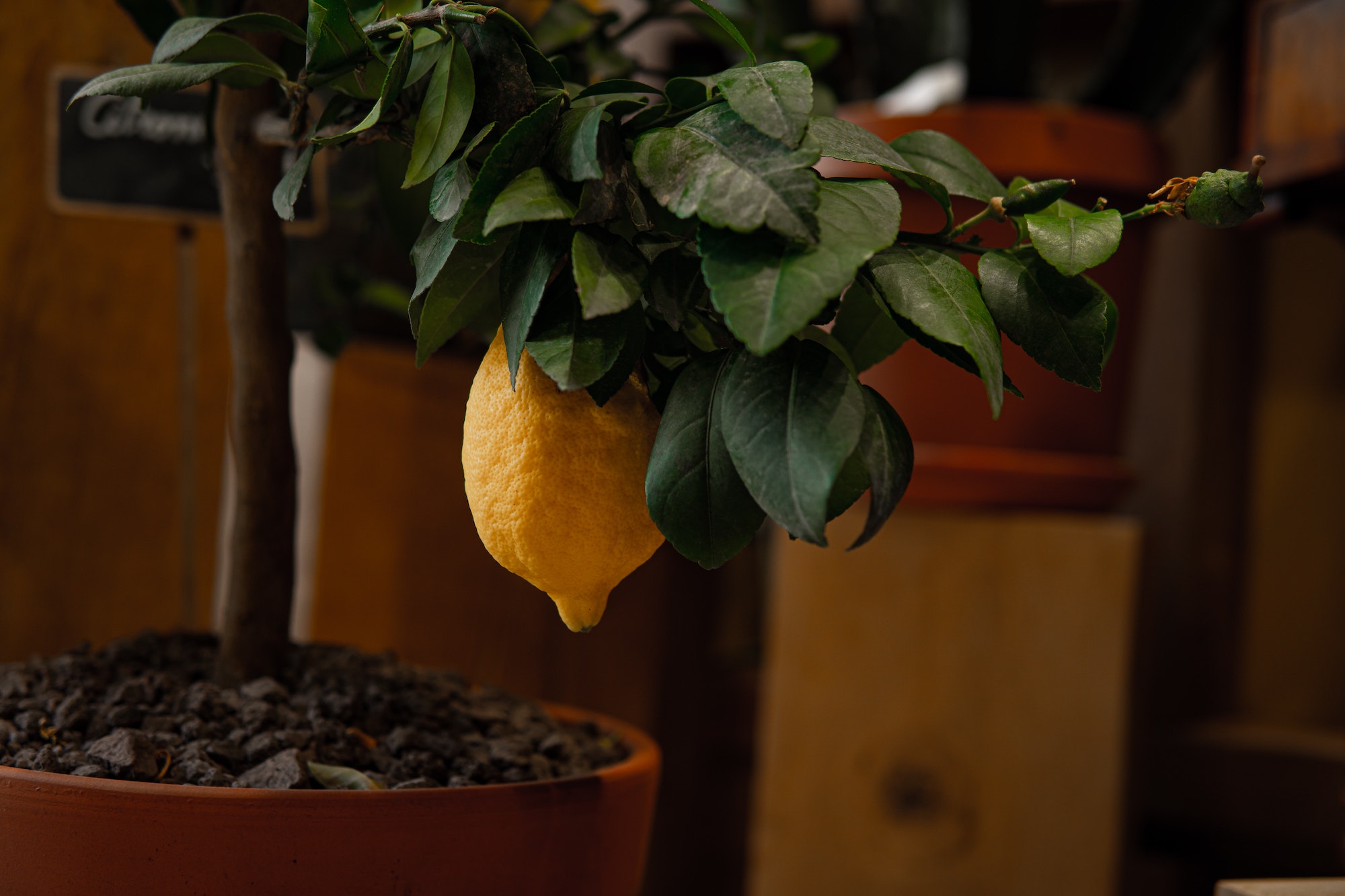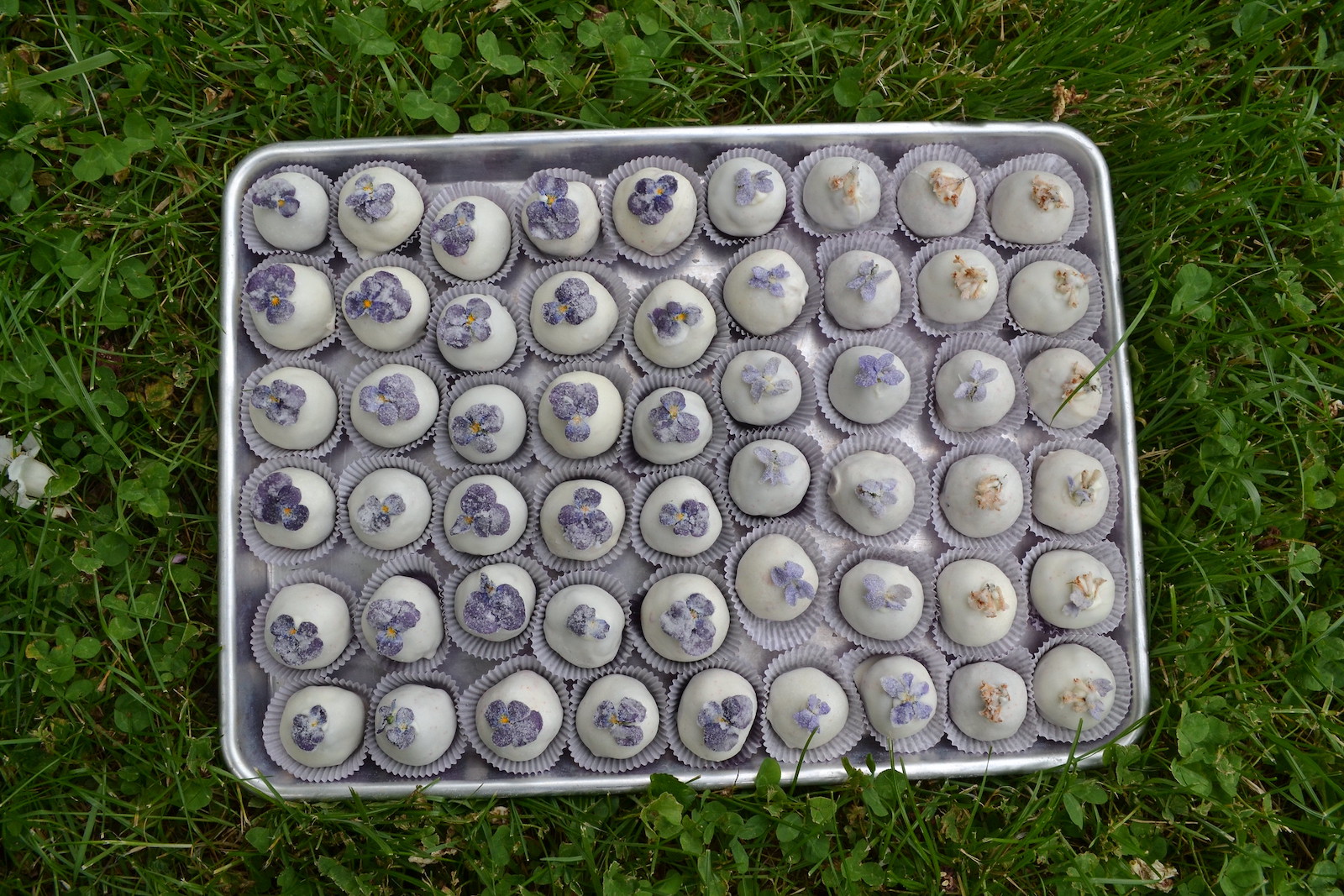Edible landscaping takes food production beyond the vegetable garden, incorporating food-producing trees, bushes, flowers, and other plants throughout your yard. This approach is especially great for people with smaller spaces, as it helps you maximize your property with multi-purpose plants that feed your family and look beautiful.
Map your yard
A perfect winter-time project is to start mapping out the plants and vegetation already in your yard. Create a sketch on paper, or use a free online tool. As you go, use an app like Seek to identify and label any plants you don’t know the name of. You can make your map as detailed or not as you like. If you want precision, you can take measurements of the yard and draw it to scale. If not, a rough sketch will do just fine! The main thing is to roughly identify where there are existing trees, bushes, and other landscape and architectural features like raised beds, fences, and buildings.
Now to figure out what’s good to eat! You might find that you have an apple or pear tree that just isn’t producing fruit. Ensuring there is a tree to cross pollinate might leave you with a bountiful harvest next year. Plants like crabapples and black walnuts can actually be edible, though they require a lot of effort to process, which may or may not be worth it for you.
Dream and plan your new additions
Just like when you plan a veggie garden, start by thinking about what your family already eats a lot of and figuring out whether you can grow it. You’ll need to figure out roughly how many hours of sun you get in different parts of your yard and plant accordingly. And of course, make sure you know your plant hardiness zone so you select plants that thrive in your climate.
Shade your yard with fruit and nut trees
Apples, plums, peaches, and pears, and cherries all blossom with beautiful flowers in spring, and yield tasty fruit in the summer or fall. Dwarf varieties work well in small yards. Citrus can be grown in containers on your balcony. If you live in a colder area, just make sure you have space to bring them indoors during the winter. In zones 8-10 you can also grow figs in containers. Most nuts do best in warm areas with long growing seasons and have quite specific growing needs. Chestnuts and hazelnuts are more flexible, and chestnuts in particular have many culinary uses, and can even be made into flour.

Make sure you pay attention to your new tree’s cross pollination needs. Some fruit trees can self-pollinate, but others need another tree planted near them to bear fruit. For example, Stark Bros recommends that if you plant a Cortland apple tree, you also plant a Lodi, Freedom, Buckeye Gala, or Golden Russet apple tree. You can reach out to your cooperative extension office for help matching a pollinator to an existing tree.
U
Create living fences with food-producing shrubs
If you want a bit more privacy in your yard, plant an edible hedge. Blueberry, blackberry, and elderberry can make great living hedges in colder areas. Pomegranates are a great option if you're somewhere a bit warmer. For a less traditional approach, you could also think about growing grape vines up a fence, creating a privacy screen. Hedges will be a great way to support your local wildlife. Just be prepared to share your bounty with the local birds!
Spice up your garden with edible herbs and flowers
Rosemary bushes, and culinary varieties of sage and lavender can be a lovely addition to your front garden. Lavender is tasty in tea and cocktails, while sage and rosemary are often found in savory dishes like poultry and soups. Violas, nasturtiums, and calendula are all edible and make great garnishes for salads or sweets. Sunflower seeds are delicious sources of protein - just dry the heads and pull off the seeds before the birds get to them.

Staying safe
When eating anything from your yard, make sure you’re exercising caution! Don’t eat anything unless you are absolutely sure you know what it is. There are plenty of resources out there for verification, including your local extension agent. When in doubt, don’t eat it!
Make sure any plant you’re going to eat has not been treated with strong pesticides unapproved for eating. These pesticides are often used in commercial nurseries and by pest control you might hire to treat your lawn. For flowers, it’s safest to grow them from seed purchased from reputable growers like Johnny’s, Baker Creek, or Fruition Seeds. Make sure you’re also placing your plants in areas where they will not come into contact with food safety risks like pet waste.
Learn more
For more, check out these great books on edible landscaping, and follow accounts like Farmscape, Permaculture Ninja, and Matthew Cunningham on Instagram. Let us know how it goes! Share your edible landscape successes and challenges with us on Instagram!
